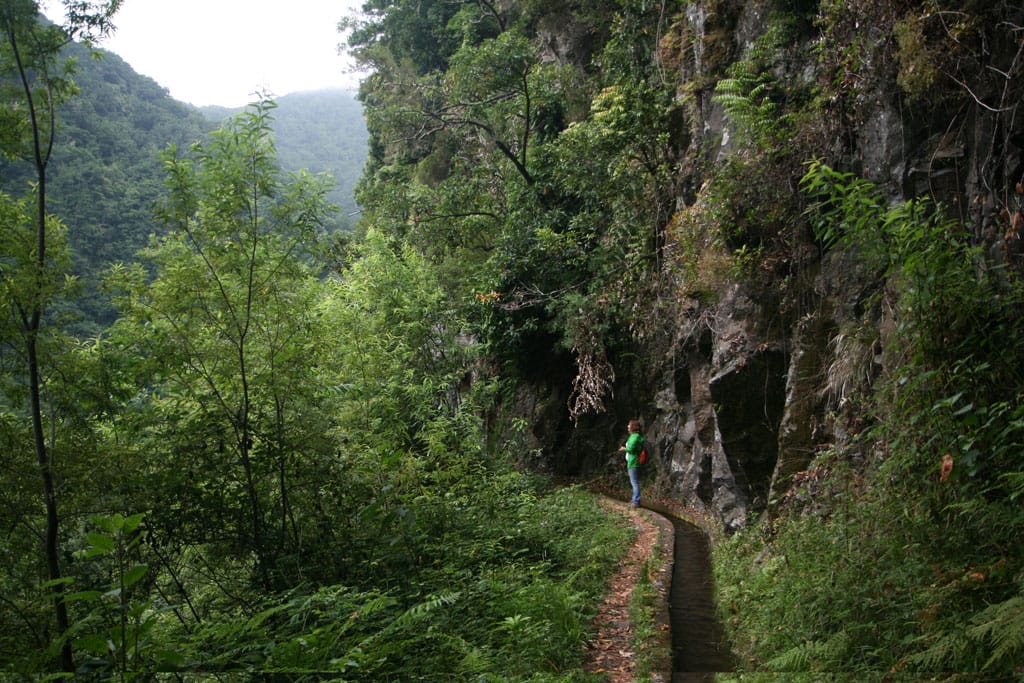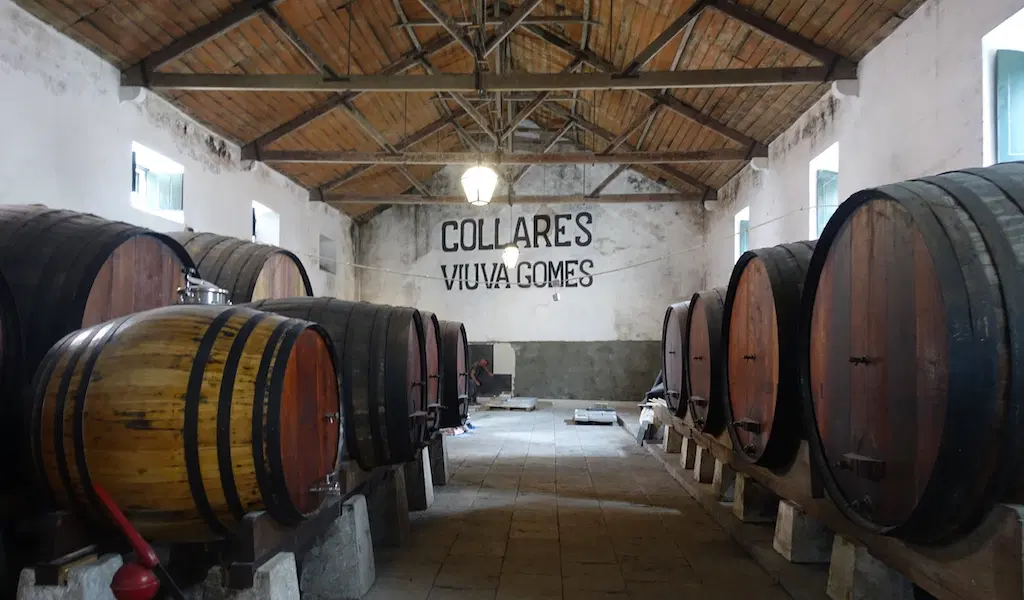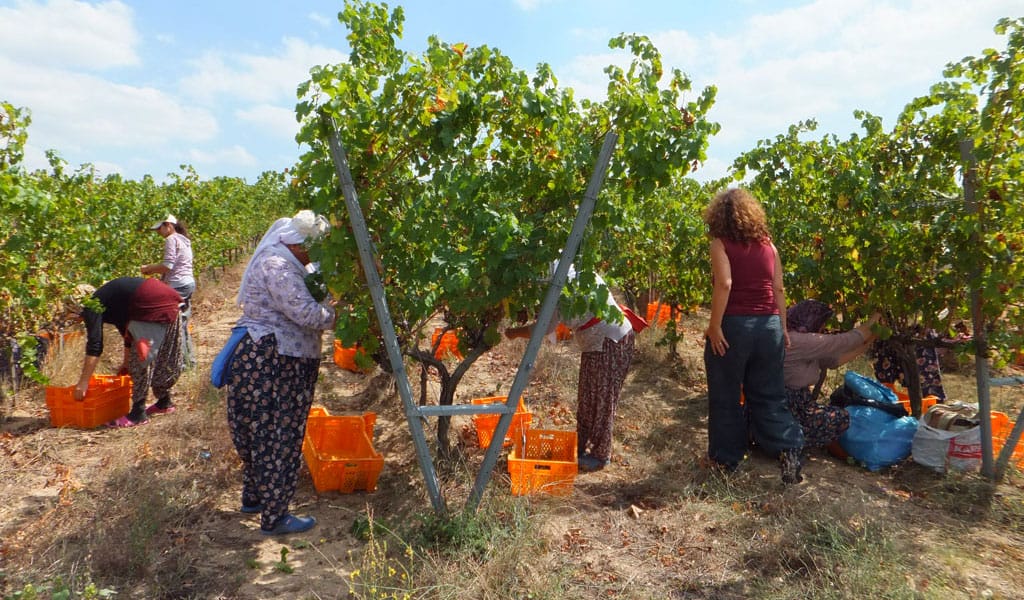Located in the Atlantic at the same latitude as Casablanca, Madeira may be a small island, but there’s so much to see that it takes three to five days to get a real sense of it.
An hour and a half by plane from Lisbon, the capital and largest city is Funchal, a historic town whose claim to fame is a more recent one: it’s where soccer star Cristiano Ronaldo was born (a statue and a museum in his honor can both be found here).
Historically one of the first settlements of the golden age of Portuguese exploration – it was claimed for the crown in 1419 by navigators Tristão Vaz, João Gonçalves Zarco and Bartolomeu Perestrelo – the island became an outpost for trade and ships going to Brazil or India. The influence and intermixing of cultures can be seen everywhere from the sugar cane here to the flatbread known as bolo do caco. Madeira has also had a long-lasting relationship with the United States thanks to its famous fortified wine and embroidery.
This volcanic and rugged island is best seen on foot. The primary laurel forest that covers its mountains is the largest remaining area of the type of vegetation that once covered most of southern Europe, tens of millions of years ago, and was added to the UNESCO World Heritage list in 1999.
Hiking is easy here because the trails follow levadas, or aqueducts, that bring water from the northern coast to the southern coast – a network that was started as early as the 16th century. One of our favorite hikes is Caldeirão Verde (make sure to bring a headlamp or flashlight as it goes through some tunnels), but it can get crowded. More off the beaten track and also beautiful is Levada do Alecrim.

Before the walk, have a prego especial, the best kind of prego (steak sandwich) you’ll find. The prego is a hearty sandwich that combines steak, cheese, ham, garlic butter, egg, tomato and lettuce on traditional bolo do caco flatbread. A good place to eat this is in the village of Porto da Cruz on the northern coast, in the restaurant Praça do Engenho, which overlooks the ocean.
Bolo do caco, one of Madeira’s signature culinary items, is a very soft bread usually made with sweet potato and regular wheat flour and traditionally baked on a hot stone (caco). Author Giorgina Garrido writes that its influences can be traced to North Africa, the coast of which was a target of raids by seafaring Portuguese in the 15th century. Besides bolo do caco – whose popularity has spread to the mainland – other African foods like couscous have also become a part of Madeiran cuisine.
Garrido has also written about Madeira’s famed embroidery, which originated in the island’s religious orders and convents. This exquisite work was largely developed by the English and Germans on the island and was exported all over the world. Garrido’s husband’s grandfather worked in the Syrian company Saydah and then founded Patrício & Gouveia Lda in 1925. This factory is still operating, and visitors can see its beautiful embroideries and tapestries, whose threads carry a great deal of the island’s history.
Another well-known Madeiran tradition is Carnaval, which has two highlights: the sophisticated parade taking place this Saturday, with samba and dancing, and then the popular Mardi Gras party where everyone dresses up in costumes and masks. On Tuesday the tradition is to eat malassadas – doughnut-like fried confections covered with the molasses produced on the island. (The 19th-century wave of immigrants from Madeira to Hawaii spread the popularity of this sweet to the Pacific islands too.)
One of the most special sights on the island – regardless of what time of the year it is – is the Nini Andrade Silva Design Center, which occupies the old fort and offers a panoramic view of the ocean and the city of Funchal. The center’s restaurant and bar serve a delicious menu created by talented chef and cookbook author Júlio Pereira, integrating the island’s own ingredients into a contemporary style of cooking. Pereira has worked in São Tomé and Angola and is a researcher of Madeiran culinary traditions.

In the old town, a new place for petiscos (small plates) is Taberna Madeira, which serves several island specialties, like tuna stew, limpets and baked sweet potatoes. The more old-school parish of Estreito da Câmara de Lobos is the place to go for espetada, large hunks of beef skewered on sticks of aromatic laurel stick, grilled with lots of garlic and served with butter and milho frito (fried corn). We especially like the restaurant Santo António for this island specialty.
If you find yourself hungry in the mountains after a hike head to Abrigo do Pastor, in Camacha, for the tuna steak. Back in Funchal, near the spectacular farmers’ market, Mercado dos Lavradores – a feast of tropical fruits and vegetables – there are some really excellent old tascas for a quick meal or snack. Also nearby is Dona Mécia, whose terrace is often crowded with customers who’ve come for a drink, maybe a poncha, a Madeiran cocktail made with local rum, and tremoços (lupin beans) with salt and piripíri.
For coffee lovers, Monte Local Shop, up in the Monte area, offers local roasts and a spectacular view. In addition to great coffee, owner Gonçalo Gouveia also sells wonderful produce from his own farm, including fresh fruit juices.
A visit to Madeira isn’t complete, of course, without taste of the island’s famous fortified wine. Vines were introduced to the island by Portuguese settlers, and the wine produced from those grapes was drunk by locals and also used to supply ships crossing the Atlantic. To keep the wine from going off during long voyages to the New World or to India, producers in the 18th century started to add local rum to preserve it. (Nowadays the wine is fortified with brandy or aguardente.) Wines that went unsold after a trip to other hemispheres returned much improved, it was discovered, and producers began replicating these conditions through estufagem (heating the barrels). Artificial heating is still used for some wines, but the best results are achieved with cantonagem – aging barrels in the warmer upper floors of the cellars.
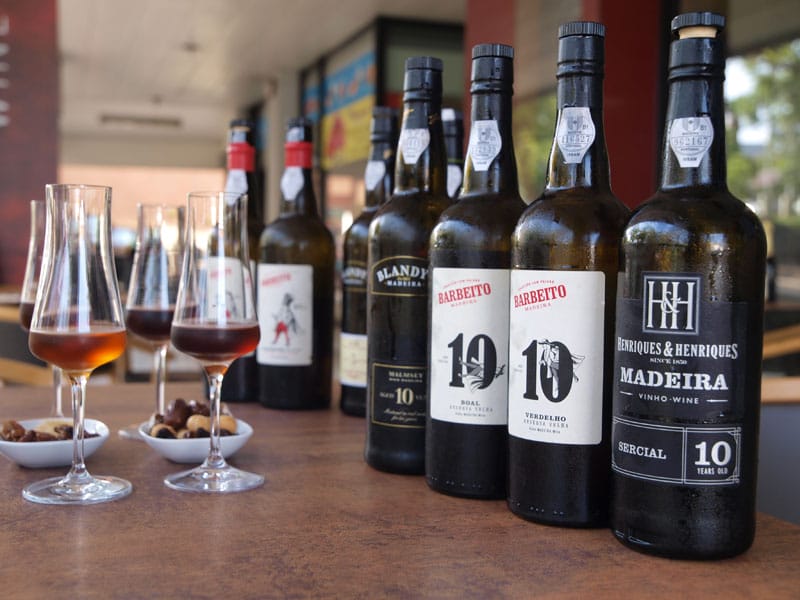
For an entertaining introduction to the local tipple, go to the wine bar Paixão do Vinho and ask for a tasting with owner and wine producer Filipe Santos. He’ll talk about the four types (from driest to sweetest: Sercial, Verdelho, Boal, Malvasia) and pair them with nuts and chocolate. The former doctor can also share surprising stories and remarkable vintages of this wine, an extremely popular drink during the colonial period and early years of the American republic. From him we learned, for example, that Madeira wine was used to toast the signing of the American Constitution and the Declaration of Independence. It’s the kind of information that makes a visitor to Madeira forget about Ronaldo for a minute.
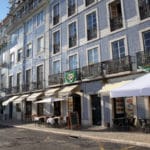 January 19, 2017 Santa Apolónia
January 19, 2017 Santa Apolónia
Cities experiencing rapid urban transformation often find themselves suspended between […] Posted in Lisbon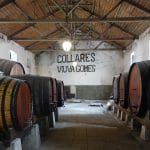 September 14, 2018 CB on the Road
September 14, 2018 CB on the Road
They withstood the phylloxera and the strong Atlantic winds, and are slowly fighting […] Posted in Lisbon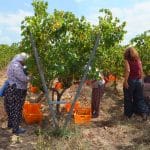 October 5, 2019 Wine Harvest Week
October 5, 2019 Wine Harvest Week
Zeynep Arca Şallıel had a successful career in advertising in Istanbul, but in 1995 she […] Posted in Istanbul
Published on February 22, 2017
Related stories
January 19, 2017
LisbonCities experiencing rapid urban transformation often find themselves suspended between past and future, with those respective cultures in close juxtaposition. The Santa Apolónia train station, a simple neoclassical building from the 19th century that once served as Lisbon’s central rail hub, is a good example of this; a visit to its north and south sides…
September 14, 2018
LisbonThey withstood the phylloxera and the strong Atlantic winds, and are slowly fighting back against urban expansion, so it’s no surprise that a glass of wine made from grapes grown in Colares tastes like no other. The smallest wine region in Portugal, Colares is also probably one of its most distinct. Located on the coastline…
October 5, 2019
IstanbulZeynep Arca Şallıel had a successful career in advertising in Istanbul, but in 1995 she decided to take on a daunting new challenge: taking part in the revival of small-scale viniculture in the ancient winemaking region of Thrace.“I wanted to do something with soil, something that mattered a little bit more,” she says. Her father…







































